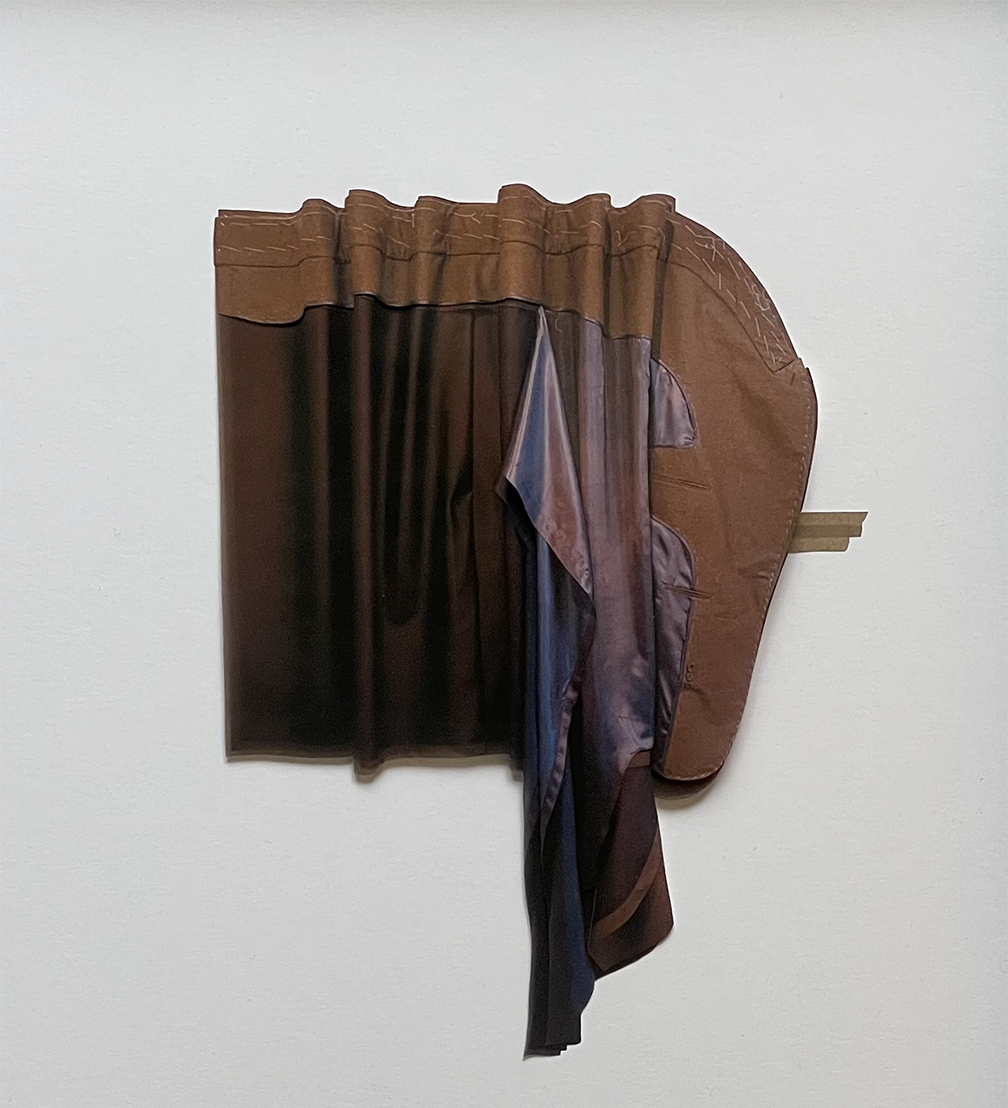
From November 4 to December 29, Kim? Contemporary Art Centre will host Wearable Memory and Body Techniques, a group exhibition, a research project, and an extensive public programme. The multilayered narrative that permeates the project focuses on the legacies of two Riga-bound individuals: tailor, pattern maker, and self-publisher of textbooks Solomon Levitanus and Bauhaus textile student and designer Ljuba Monastirsky.
According to the curators of the exhibition, Estere Kajema, Ricarda Messner, and Zane Onckule, conceived 80 years after the murders of Solomon Levitanus (1875–1941) and Ljuba Monastirsky (1906–1941) in Riga Central Prison and Rumbula, respectively, Wearable Memory and Body Techniques is an act of remembrance of Latvian Jewish cultural heritage. Highlighting the precarity of knowledge and the fragility of archives, the project confronts the collective amnesia caused by the brutal rupture of the Holocaust, expanding the space for contemplation of body politics in historical and contemporary contexts.
Gathering unique archival material, new commissions by Krista Dzudzilo and fashion designers Mareunrol’s, restaged installations by cross-generational artists Alba D’Urbano and Daiga Grantiņa, filmmaker Sergei Loznitsa, and geo-archaeological research by Ground Penetrating Radar group, the exhibition addresses questions of collective memory making, methods of translation, and the creative transformation of matter. Wearable Memory and Body Techniques is the first exhibition to spotlight the innovative practices of Levitanus and Monastirsky. While recognising the information gaps about these important figures, the exhibition aims to generate interest and precedence for further conversations, research, and interpretations.
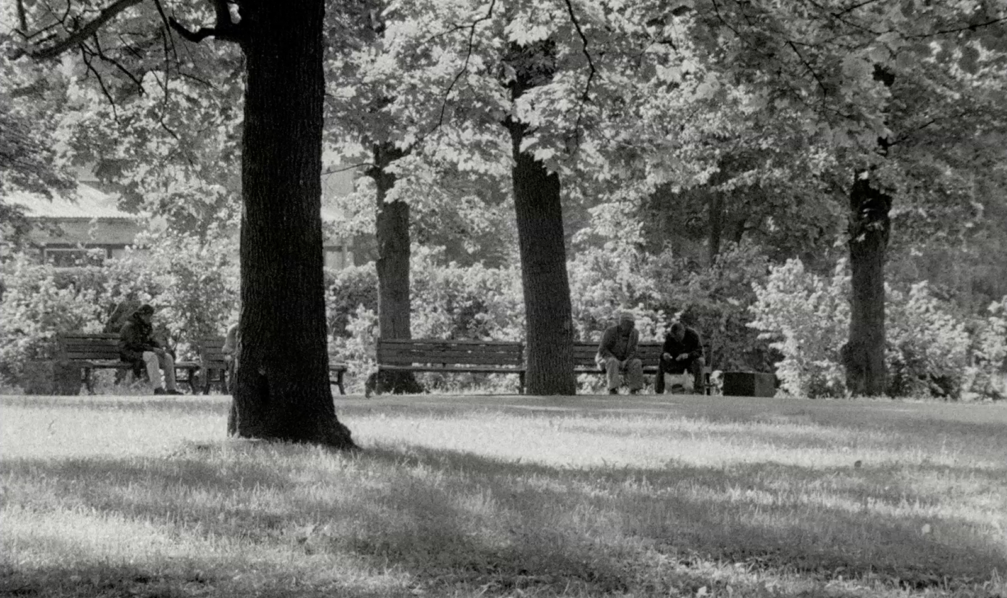
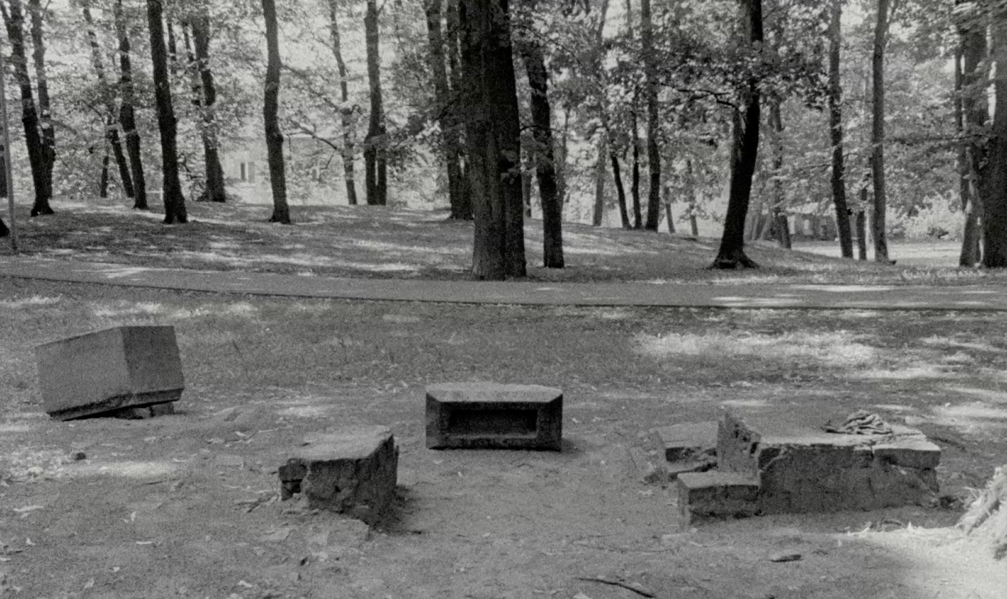
Solomon Levitanus (1875–1941), born in Kaunas, published textbooks on pattern making every year from 1902 to ca. 1936, with a 10-year break between 1913 and 1923. His books were translated into Latvian, Lithuanian, German, French, Polish, and Russian and have won numerous prizes internationally in Brussels, Mariupol, Rome, and Rostov, as well as from various schools and ateliers in Riga, Paris, and Lodz. In his introductions, Levitanus always stressed the importance of sharing his knowledge among tailors and clothing makers, expressing his desire for textbooks to serve as a tool for cultivating their practices and craft. He understood the dissemination of his knowledge as a means of thinking and building networks, often reprinting readers’ feedback in his books. Levitanus also put a particular emphasis on the way he shared his instructions, which was always with a generous and playful tone. Crucially, he emphasised an understanding of the body and its diverse shapes and figures, arguing for the construction of clothing to be considered through a medical lens, aspiring far beyond fashion’s fleeting trends and aesthetics.
The National Library of Latvia holds several Levitanus’s textbooks in its collection. Publishers are still distributing some editions for today’s practical use. In addition to loaning the original exemplar for display in this exhibition, the library has digitized all existing material relevant to Levitanus. This information is available in the Digital Library of Latvia and other Latvian Jewish cultural heritage materials.
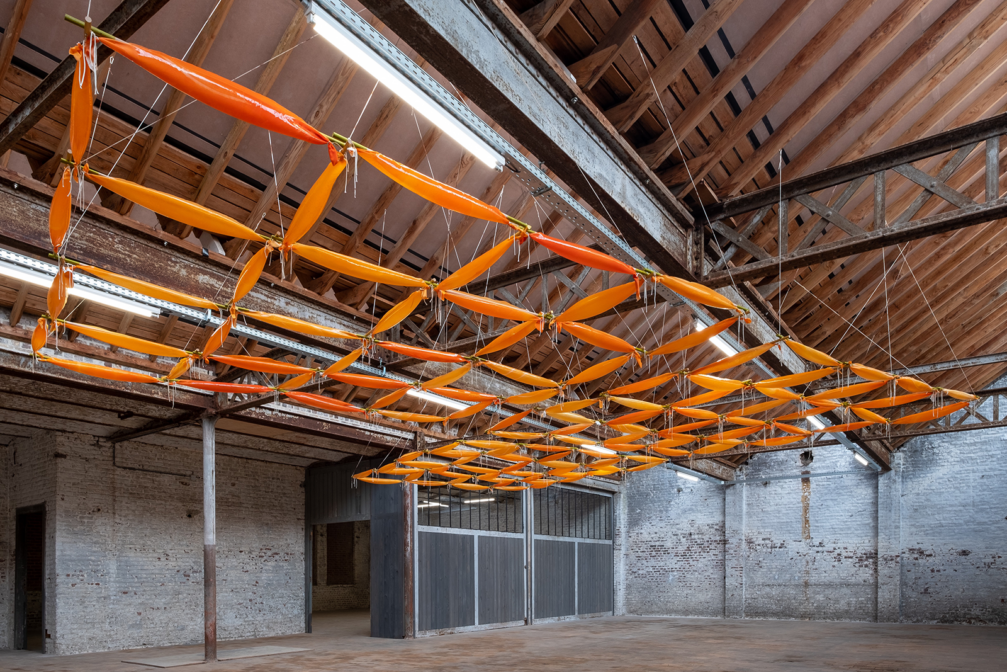
Ljuba Monastirsky is a reminder that while design has predominantly been the domain of white men, there are and have been exceptions: talented women who overcame the limitations imposed upon them to make significant contributions to art and design. Riga-born Monastirsky entered the Bauhaus in 1926, where she took preparatory courses led by the artist and teacher Josef Albers. She would later enroll in a weaving class run by Gunta Stölzl. Working at the leading textile factories of the time, Pausa AG and Mosa Löw–Beer family company, Monastirsky mastered artistic designs for decorative and upholstery fabrics, worked as a colorist, designed exhibition stands, and eventually designed samples for Mosa Löw–Beer’s women’s collections. Upon forced return to Riga in 1933, she opened a decorative textile weaving workshop and founded Teksma, a company that produced woven clothing and fashion accessories. Information on this final chapter of Monastirsky’s creative life is scarce for various reasons. One might be that the prevailing national doctrine of romanticism in Latvia at the time was less aligned with Monastirsky’s avant-garde design language.
The TextielMuseum in Tilburg holds three fragile, unassuming studies in textile patterns, the only surviving pieces by Monastirsky, presumably designed at the Bauhaus and later produced at Pausa AG. These tiny samples are displayed to the public for the first time in the show.
The exhibition Wearable Memory and Body Techniques is on display at the Kim? Contemporary Art Centre from November 4 to December 29. It will open on November 3 at 18.00 with an instructive happening by Post programme students from the Art Academy of Latvia. The public programme accompanying the exhibition aims to expand and contextualise the artworks on display and the biographies of Monastirsky and Levitanus. More information about the programme will be published on the Kim? website.
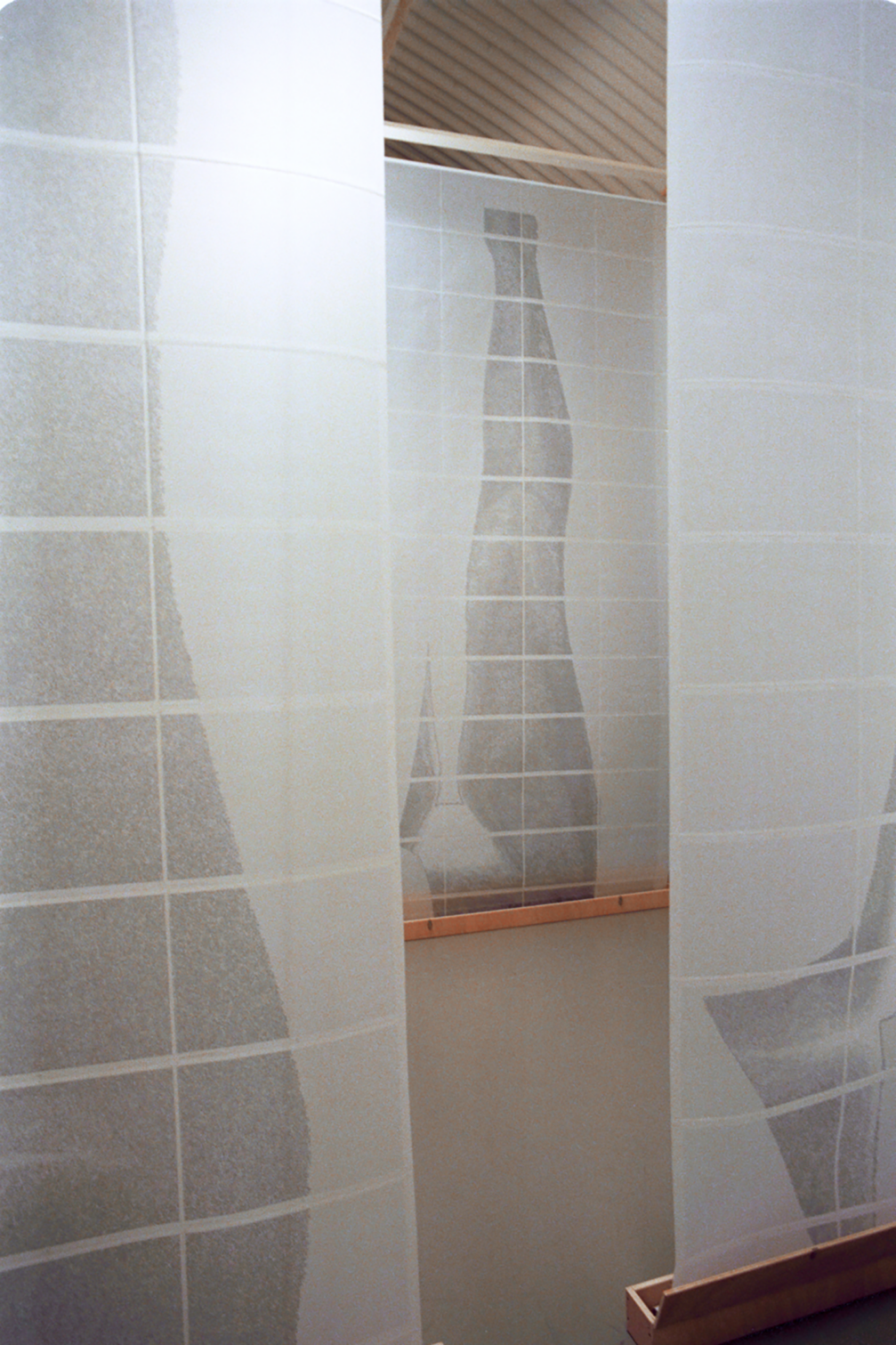
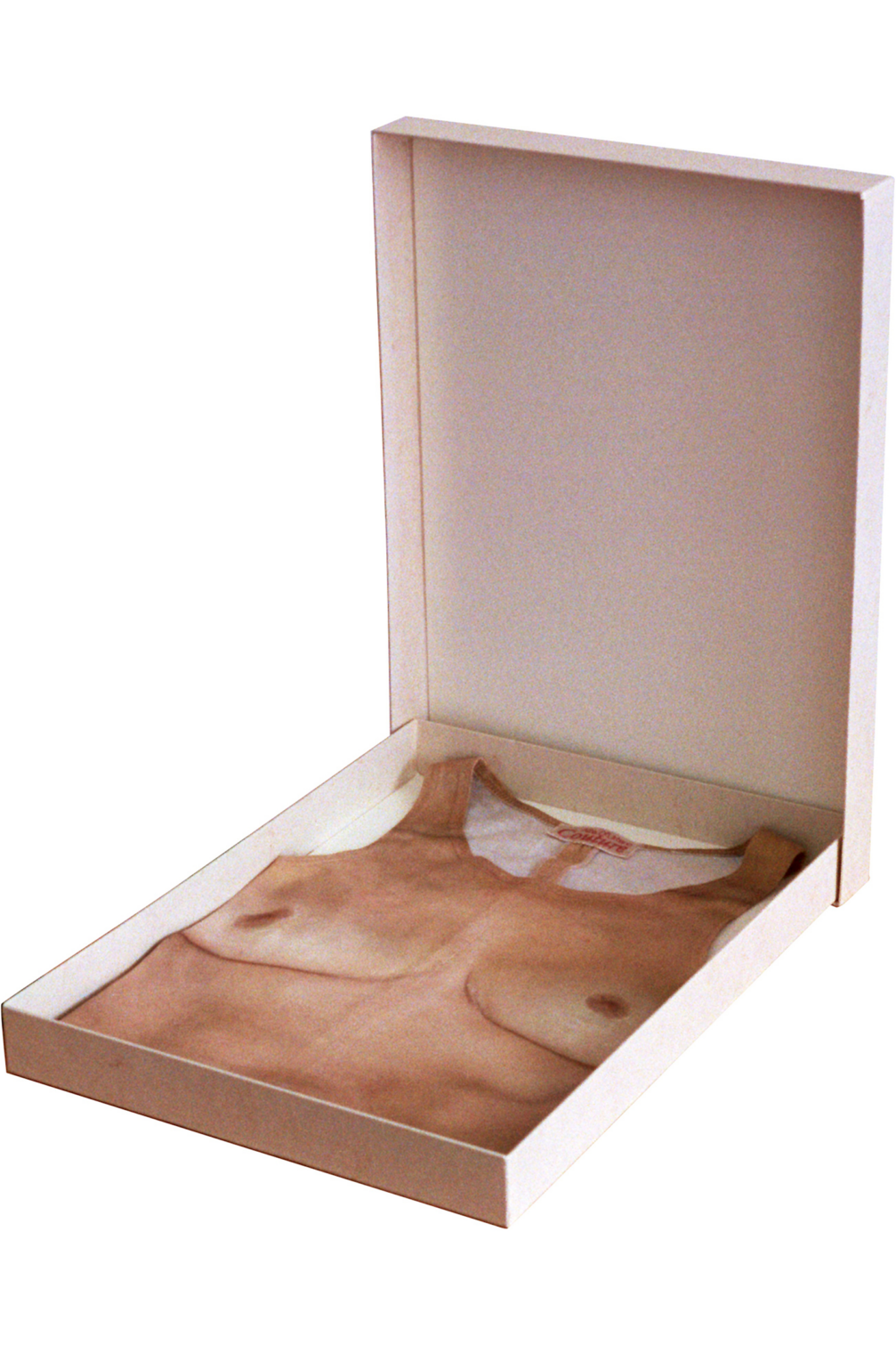
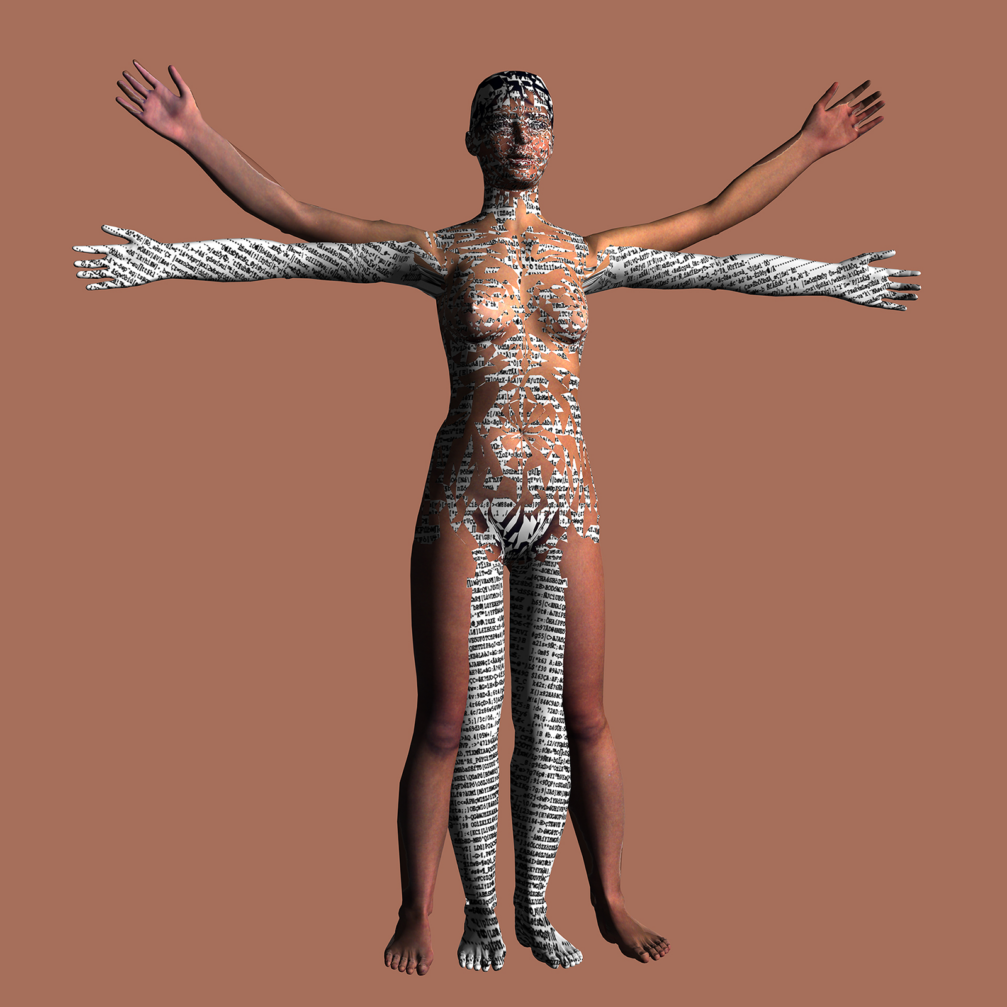
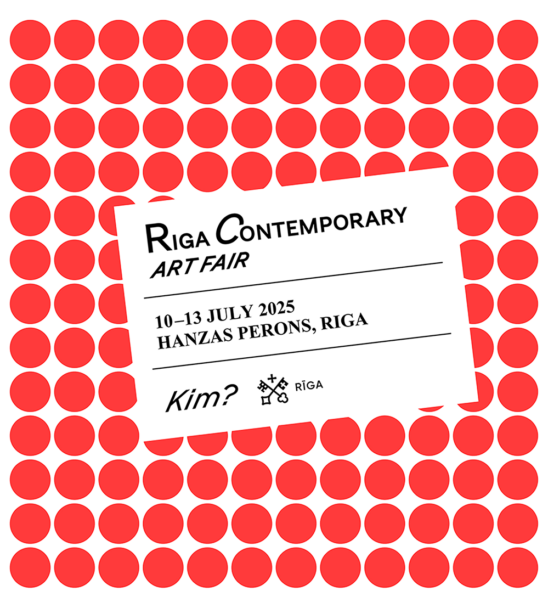
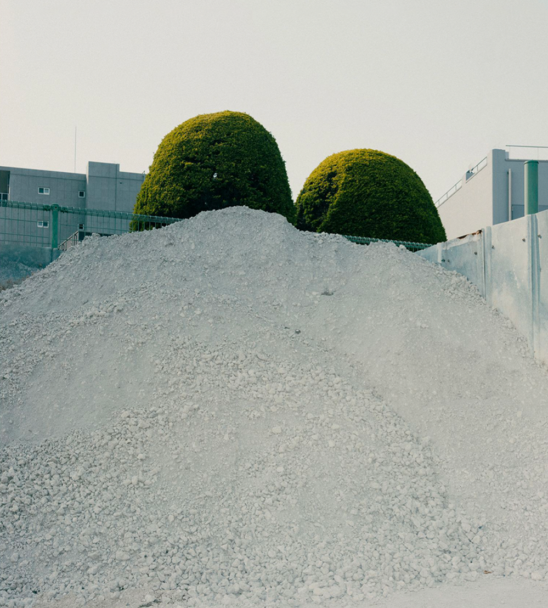
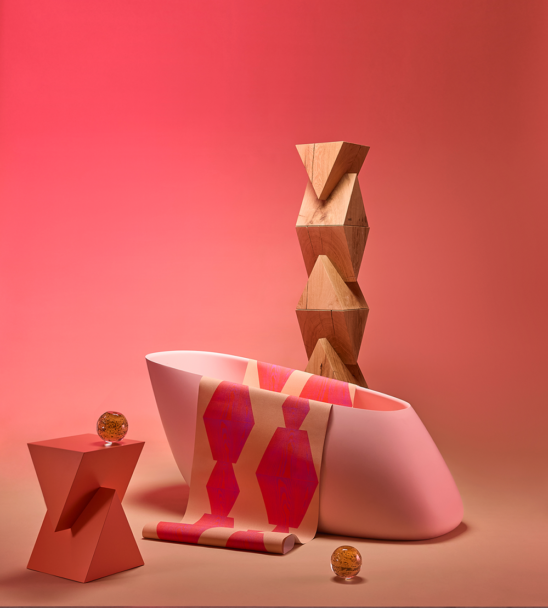
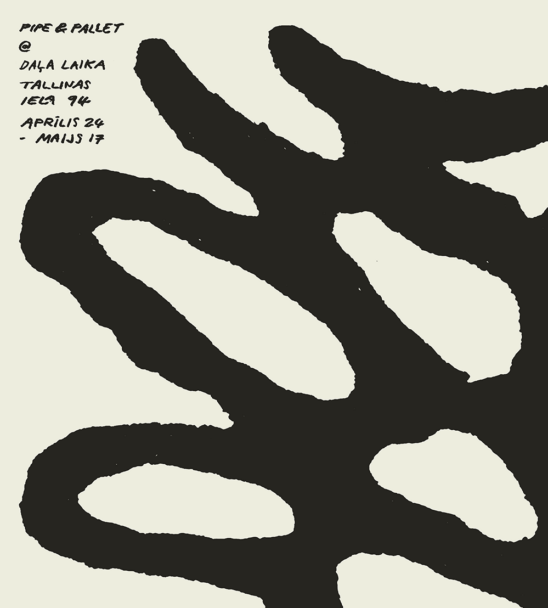
Viedokļi